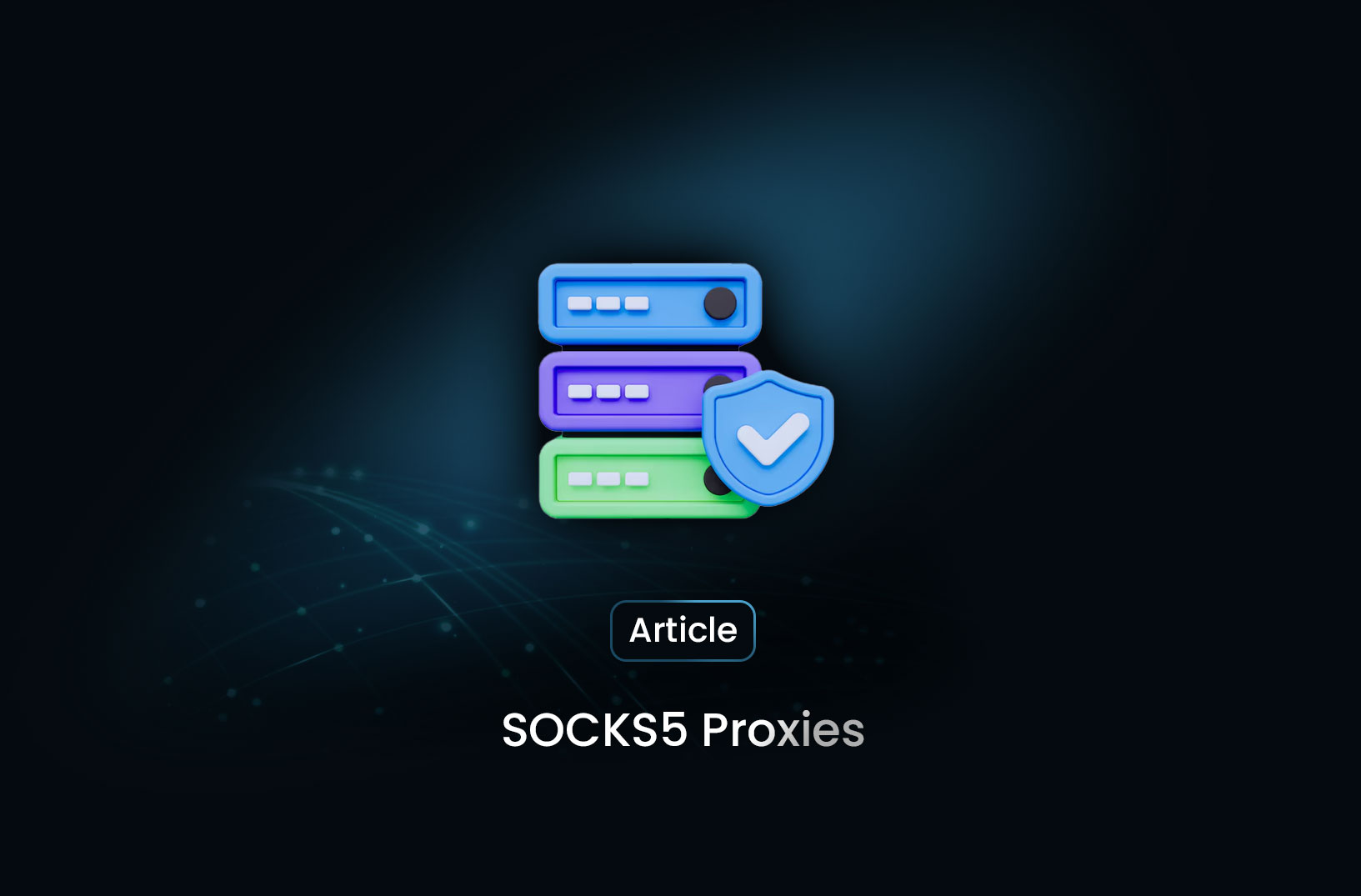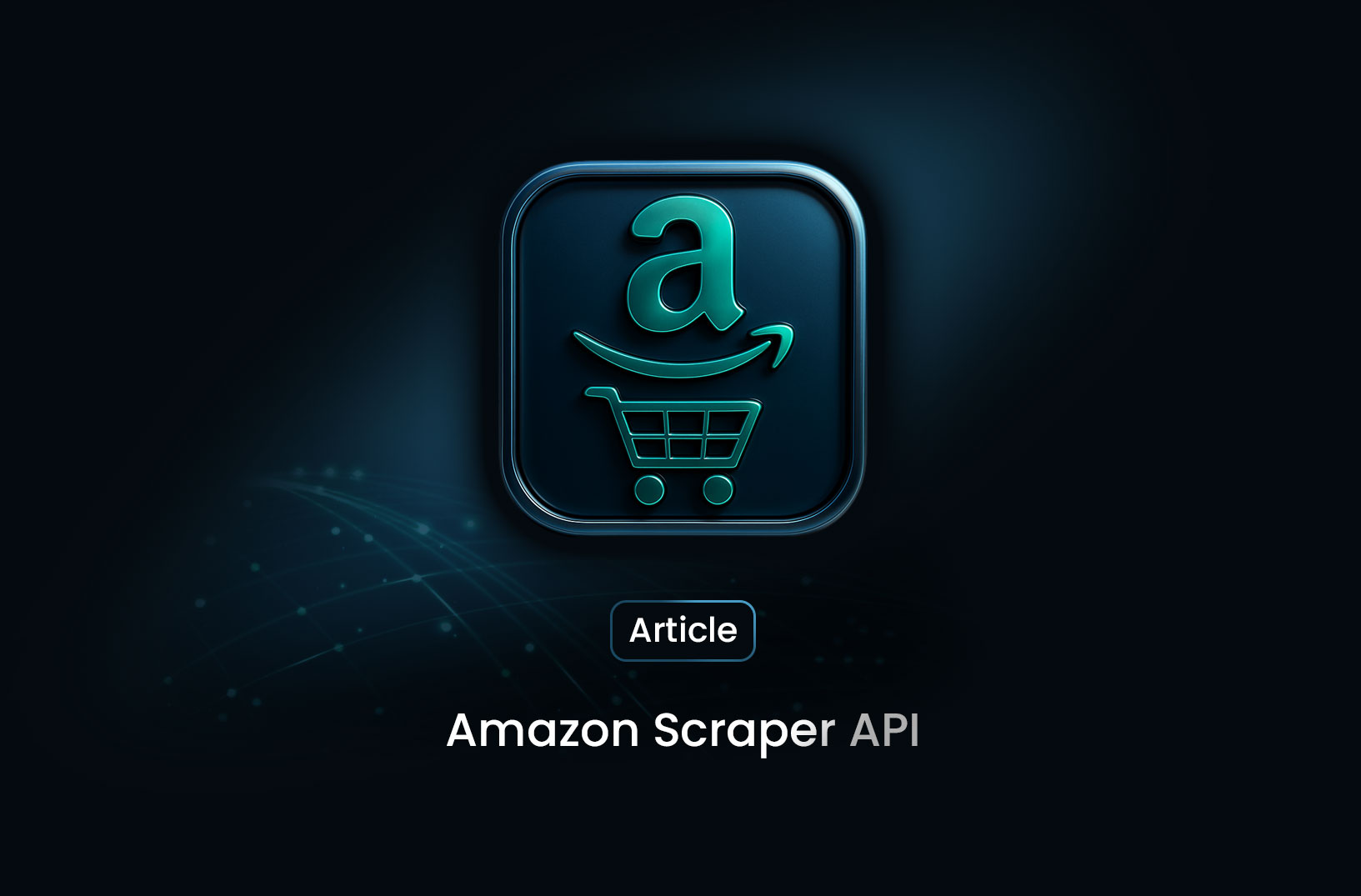
Using SOCKS5 Proxies for Web Scraping
ArticleLearn how to use SOCKS5 proxies for web scraping to bypass IP restrictions, enhance security, and extract data efficiently. Discover step-by-step guides, Python code examples, and anti-detection techniques for seamless data scraping.
SOCKS5 proxies are widely used for web scraping due to their enhanced security, speed, and ability to handle different types of traffic. Unlike HTTP proxies, SOCKS5 operates at a lower level, making it more flexible for bypassing network restrictions and avoiding detection.
Use Case: Scraping Data from a Website with IP Restrictions
A data analyst needs to extract financial reports from a website that blocks repeated requests from the same IP. Using SOCKS5 proxies allows them to rotate IPs efficiently, preventing bans and ensuring uninterrupted scraping.
Steps to Use SOCKS5 Proxies for Web Scraping
1. Choose a SOCKS5 Proxy Provider
Several proxy providers offer SOCKS5 support, including:
- Bright Data
- Smartproxy
- Oxylabs
- Proxy-Seller
- Tor Network (Free, but slower)
2. Install Required Python Libraries
To use SOCKS5 proxies in Python, install requests[socks] and PySocks:
pip install requests[socks] pysocks
3. Using SOCKS5 Proxies with Requests
import requests
proxy = {
"http": "socks5h://username:password@proxy-provider.com:port",
"https": "socks5h://username:password@proxy-provider.com:port"
}
url = "https://example.com"
response = requests.get(url, proxies=proxy)
print(response.text)
Replace username, password, proxy-provider.com, and port with actual credentials.
4. Using SOCKS5 Proxies with Selenium
For browser automation, configure SOCKS5 proxies in Selenium:
from selenium import webdriver
from selenium.webdriver.chrome.options import Options
proxy = "socks5://proxy-provider.com:port"
chrome_options = Options()
chrome_options.add_argument(f'--proxy-server={proxy}')
browser = webdriver.Chrome(options=chrome_options)
browser.get("https://example.com")
print(browser.page_source)
5. Rotating SOCKS5 Proxies for Large-Scale Scraping
To avoid detection, rotate proxies dynamically:
import random
proxies = [
"socks5h://username:password@proxy1:port",
"socks5h://username:password@proxy2:port",
"socks5h://username:password@proxy3:port"
]
url = "https://example.com"
for _ in range(10):
proxy = {"http": random.choice(proxies), "https": random.choice(proxies)}
response = requests.get(url, proxies=proxy)
print(response.status_code)
6. Handling Anti-Scraping Measures
To prevent detection:
- Rotate user agents and headers.
- Use delays between requests.
- Combine SOCKS5 proxies with CAPTCHA-solving services.
- Employ headless browsers for JavaScript-heavy pages.
Conclusion
SOCKS5 proxies provide an effective way to bypass IP-based restrictions while scraping. Their speed and flexibility make them ideal for large-scale data extraction.
For a seamless experience, consider using Mrscraper, an AI-powered web scraping tool that supports SOCKS5 proxies, automated data extraction, and intelligent scraping strategies.
Find more insights here

TikTok Unblocked: How to Access TikTok on Restricted Networks
Learn how to unblock TikTok on school Wi-Fi, office networks, public hotspots, or restricted regiona...

Amazon Scraper API: The Complete 2025 Guide for Developers, Sellers, and Data Teams
A complete 2025 guide to Amazon Scraper APIs. Learn how they work, what data you can extract, top pr...

Scraping Amazon Product Data With Python: A Step-by-Step Tutorial
Learn how to scrape Amazon product data using Python and Playwright. A step-by-step guide to bypass...
